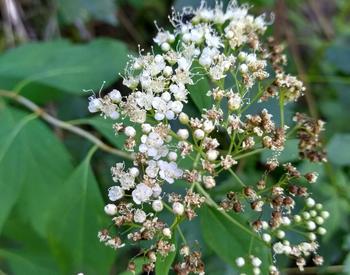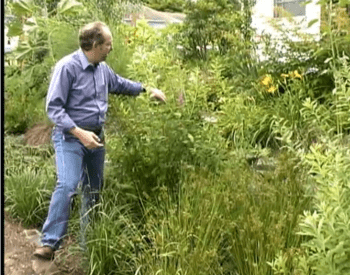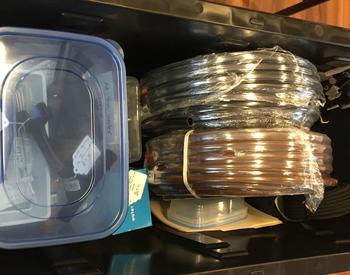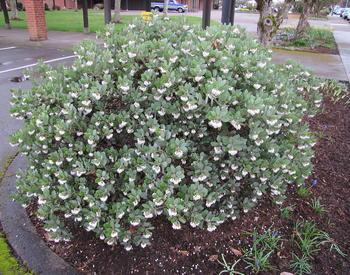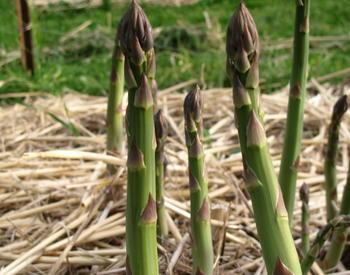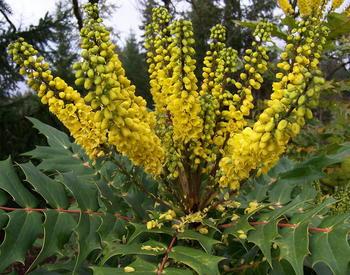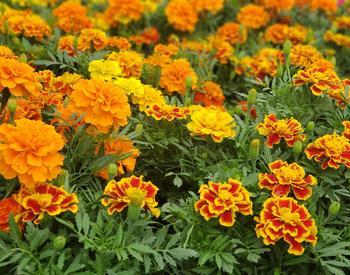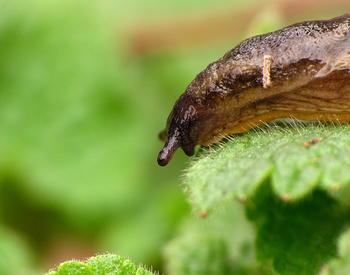As winter months drag on, some people with the gardening gene find themselves seeking to bring nature indoors.
Following are five of the easiest houseplants to grow along with tips for success in growing them. These plants are not suitable for outdoor growing in areas like the Klamath Basin, except maybe for limited use in summer outdoor “living areas.” Because many of these plants are tropical in their native environments, they will struggle with the cool, windy summer nights common in Klamath. Houseplants often have many different common names, which can be confusing, scientific names are added for clarity.
Spider plant, Chlorophytum comosum
Long green and white striped leaves — and often tiny “pups” — arch gracefully over the side of the flower pot, so this plant is typically grown in a hanging container. Occasionally found in solid green leaves, too, these plants prefer the most possible light inside the home but would require some shade in the greenhouse or outdoors.
Spider plants form large, tuberous roots that store a tremendous amount of water. This enables it to survive the lackadaisical caretaker with an irregular watering schedule, though it will truly thrive with more regular watering. Spider plants perform well when slightly “pot bound.” The pups are easily rooted and shared with friends.
Devil’s ivy, Epipremnum aureum
Also referred to as Pothos, the genus in which this plant was once classified, this tropical plant is among the easiest to grow — and to propagate. Cuttings can easily be rooted in water on a sunny windowsill.
Pothos prefers “full sun” indoors but can tolerate a slightly shadier spot. The sunnier the spot, the more colorful the leaves will be. If the tendrils grow too long on this plant, cut it back, root the tendrils, and it will usually grow right back from the roots as well. Pothos tend to be heavier feeders and can benefit from regular, diluted solution of your favorite houseplant fertilizer.
Jade plant, Crassula ovata
The succulent leaves of jade store significant water, making them easy to care for so long as they have plenty of light and well-drained soil. Too much water will cause jade to crash: think of it as cactus-like.
The biggest challenge to jade is mealybugs, little insects that look like tiny tufts of cotton. Check plants carefully upon purchase for these pests. Jade is a slow grower and slow feeder. It’s a good plant for someone in search of a low-maintenance nature fix. Keep jade away from direct heating vent flow as well as cold drafts.
Snake plant, Sansevieria trifasciata
The most common snake plant has long, tongue- or spear-shaped leaves of alternating light and dark bands, sometimes with a white leaf margin. There are now many cultivars of snake plants on the market, including multiple color and stripe variations and both short- and long-leaved varieties.
These slow-growing plants need little care and tolerate lower light conditions than many houseplants. Mature snake plants can be top-heavy — a deep container is advantageous for these easy-care favorites.
Peace lily, Spathiphyllum spp
There are more than 40 species in the genus of plants often referred to as peace lilies. A favorite low-light plant, the long, straplike leaves are traditionally deep green, but newer cultivars have some variation.
The term "lily” is a misnomer for this plant, which is not closely related to lilies. Like many houseplants, peace lilies suffer more from overwatering than any other challenge. Leaves that turn yellow from the bottom up often indicate the plant is being overwatered: outer leaf tips that turn yellow then dry up indicate more frequent water is needed. Peace lilies will benefit from fertilizing.
The most effective way to water most houseplants is to apply the water to the soil, watering until water has drained out of the bottom of the pot to indicate that the soil has been moistened all the way through. Allow the water to drain, and remove extra water after a half-hour or so.
Prescribing specific amounts and intervals of water to apply to houseplants in a general statement is not possible. Many variables impact the amount of water a plant can effectively use, including the plant’s size, the health of its root system, what the container is made of, temperature and light intensity.

